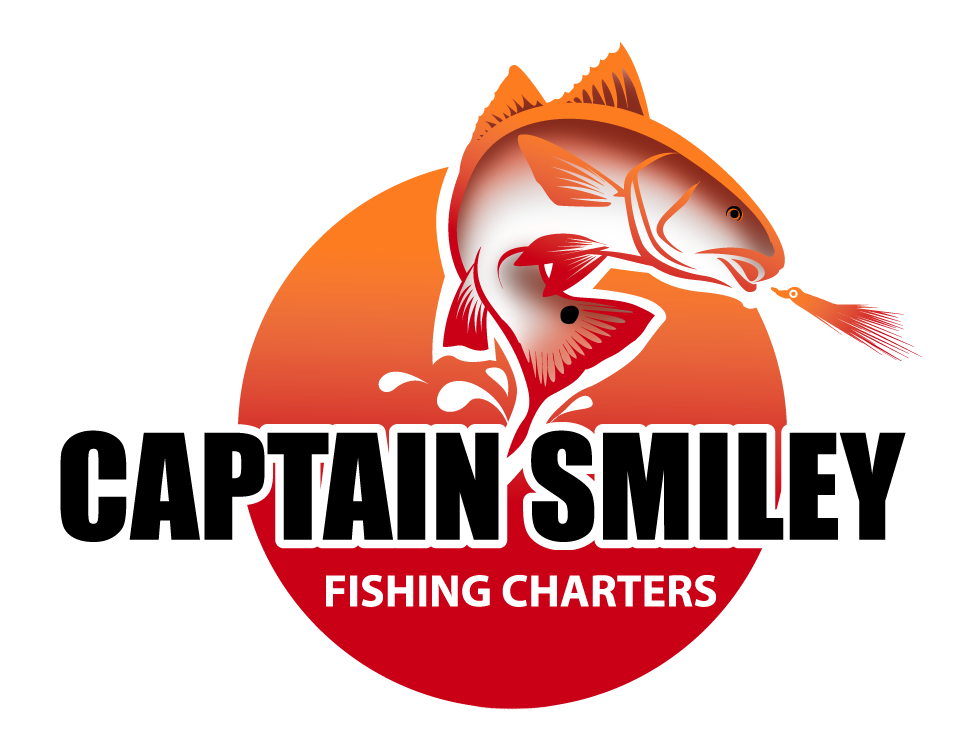Master the Art of Winter Inshore Fishing

When temperatures fall and crowds thin, winter inshore fishing rewards patient anglers with clear water, concentrated schools, and peaceful flats. Because fish conserve energy in colder water, success comes from reading conditions. So, choosing precise presentations, and committing to a slower pace keeps lures in the strike zone longer.
Although the window can feel narrow, planning around tides and midday sun expands your opportunities. Consequently, the quiet season becomes a smart time to refine skills. Also, it can build confidence, and enjoy unpressured water that fishes consistently when you time it right.
Myrtle Beach SC offers calm winter mornings and predictable current seams. It helps anglers track bait movements and stage methodical drifts without constant repositioning.
Cold-Water Behavior and Tactics for Winter Inshore Fishing
Colder water compresses feeding zones, so winter inshore fishing in Myrtle Beach SC works best when casts are deliberate and retrieves are unhurried. Therefore, think precision over distance. And, let the current do part of the work as you pause longer than you would in summer.
Because cadence matters, inshore fishing techniques that emphasize controlled slack, subtle rod twitches, and measured suspensions consistently outproduce faster presentations. Additionally, long pauses near edges or cuts turn followers into biters when fish are cautious.
On sunny afternoons, redfish winter patterns often include sliding from deeper bends to sun-warmed mud flats. Hence, a soft hop, a long stall, and a quiet boat keep the school comfortable while you lead their path and wait for the light thump that signals commitment.
Local current lines and shell bars around Myrtle Beach SC retain heat and concentrate forage. This is why patient anglers cycle through these spots as the tide flips and bait funnels.
Essential Winter Inshore Fishing Gear and Tides
A medium-light spinning rod with braided main line and a fluorocarbon leader provides sensitivity for winter taps while keeping presentations natural. Furthermore, carry jig heads in multiple weights so you can track bottom without dragging when current strengthens, then swap lighter as flow eases.
For added consistency on cold days, cold weather fishing tips such as dressing in breathable layers, rotating gloves, and packing a dry bag keep hands responsive and lure control crisp through the afternoon lull.
When exploring unfamiliar creeks, Myrtle Beach fishing charters help you identify winter routes, protected banks, and the specific water color that usually precedes a bite after a front.
Captain Smiley Fishing Charters LLC provides tide-driven game plans that match lure weights to flow, which shortens the learning curve and keeps your casts productive instead of random.
Winter Inshore Fishing: Safety, Timing, and Weather Windows
Stable conditions make winter inshore fishing far more predictable. Accordingly, look for mild days before or after a front, then fish two hours on either side of tide changes so you are present when bait stacks and predators stage.
Because lure control defines results, inshore fishing techniques focused on slow suspensions, long pauses, and gentle rod lifts keep baits in the zone without spooking tight schools in clear water.
When the sun lifts and wind eases, redfish winter patterns become repeatable loops you can run every few days, provided you record the exact stage of tide, water clarity, and temperature that triggered your last flurry.
Myrtle Beach SC regularly rewards anglers who choose leeward banks after a breeze shifts, then slide to sunlit edges as the day warms and shrimp or minnows flick near the surface.
As temperatures drop overnight, cold weather fishing tips like checking tire pressure on your trailer, charging batteries, and staging a spare base layer make long sessions safe and comfortable in the boat.
Guides at Captain Smiley Fishing Charters LLC emphasize timing and stealth, reminding anglers to pole quietly, trim motor use, and rest a flat after a brief flurry so fish settle and feed again.
FAQs
What time of day is best in winter?
Late morning through early afternoon, because slight warming in shallow water often triggers short, reliable feeding windows.
Do I have to use live bait when it is cold?
Not necessarily. Slow suspending plugs and soft plastics with long pauses often outfish bait when visibility is high and fish are careful.
Which species are most dependable in cold months?
Redfish and speckled trout remain consistent targets, while black drum hold near shell and respond well to methodical bottom work.
What rod and line setup should I bring?
A medium-light spinning rod, thin braid for sensitivity, and a fluorocarbon leader create subtle presentations and solid hooksets in clear water.
How can I locate fish faster in new creeks?
Focus on deeper bends, shell bars, and seams close to tide changes. Then, repeat what works on the next similar weather pattern.
Is winter inshore fishing beginner-friendly?
Yes, if you dress properly, move quietly, and slow your retrieve. A patient approach makes cold-season trips both safe and productive.
Ready to fish smarter, stay comfortable, and catch with confidence? Book your winter date with Captain Smiley Fishing Charters LLC and let a local pro time the tide, pick the route, and fine-tune your approach around Myrtle Beach SC. Plan your trip now and turn quiet water into your most rewarding season yet.
Like our Facebook page for more information.
Captain Smiley Fishing Charters LLC.
4495 Baker St
Little River, SC 29566
(843) 361-7445
https://www.captainsmileyfishingcharters.com
catch@captainsmileyfishingcharters.com

